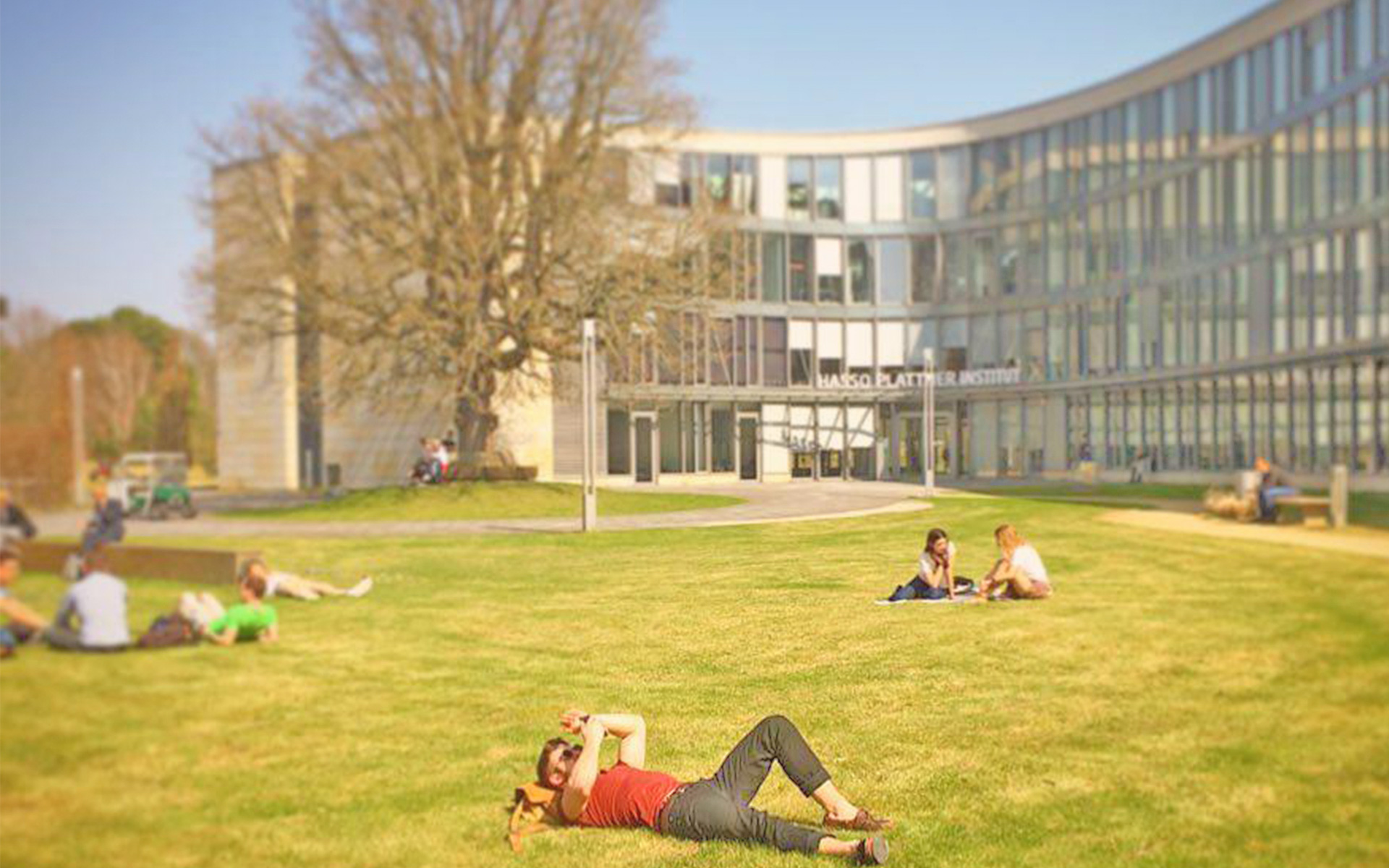Neurodesign Seminar – How to Measure and Analyse Physiological and Psychological Data? (Wintersemester 2019/2020)
Lecturer:
Dr. Julia von Thienen
,
Joaquin Santuber
General Information
- Weekly Hours: 2
- Credits: 3
- Graded:
yes
- Enrolment Deadline: 01.10.2019-31.10.2019
- Teaching Form: Seminar
- Enrolment Type: Compulsory Elective Module
- Course Language: English
Programs, Module Groups & Modules
- Professional Skills
- HPI-PSK-ML Management and Leadership
- Professional Skills
- HPI-PSK-ML Management und Leitung
- Professional Skills
- HPI-PSK-ML Management und Leitung
- Professional Skills
- HPI-PSK-ML Management und Leitung
Description
This seminar complements the lecture on neurodesign, but can also be taken independently.
In class, we will probe interventions that bear on creativity and collaborative engineering design, including communication and project management strategies. Topics will be chosen jointly based on course objectives and the interests of participants. Along the way, participants learn to conduct physiological and psychological measurements to monitor projects, analyse interaction dynamics and the efficacy of interventions. Participants can expect to gain experiences in the following domains:
(1) Basics of research methodology: How to design studies to test the efficacy of interventions? How to monitor project developments and team interactions? How to measure parameters of interest? Here, you will learn about study design, sampling methods, the development of coding schemes, micro- vs. macro levels of observation, scientific quality criteria: objectivity, reliability & validity, scale levels in measurement theory: nominal, ordinal, interval & ratio data and basics of statistics: T-test, ANOVA, correlation, regression, Linear Mixed Models.
(2) Ultra-feasible neurodesign methods for digital engineers: How to make use of body-related measurements in regular engineering projects? What methods are available that do not require highly expensive neuroscientific lab equipment? Course sessions focus on the use of physiological measurements for purposes of usability testing, to analyse dynamics of team communication and manage projects. You can expect to gain experiences in the following methods: working with motion data by means of computer vision (Kinect) and accelerometor (E4); facial gesture recognition via webcam and Open Face software, measuring electrodermal activity as a stress indicator and heart-rate via mobile devices, two-channel EEG and eye-tracking via Webcam.
(3) Basics of neuroscientific lab analyses: Given big fMRI and EEG data sets from neuroscientific research on creativity and collaboration, what can be learned from the data? How to conduct basic analyses? You will learn to program R and SPM to analyse real neuroscientific data sets. This section includes a discussion of digital signal processing in the cases of EEG and fMRI studies, how to conduct the preprocessing of data sets, how to analyse data on different levels of aggregation and test hypotheses.
The neurodesign seminar is taught jointly by Julia von Thienen (HPI), Joaquín Santuber (HPI) and Irene Sophia Plank from the Einstein Center for Neurosciences at Humboldt University.
Requirements
This course will be most pertinent for you when you have a background in at least one of the following domains and interests that cover at least one more domain:
1. (Digital) Engineering
2. Neuroscience and body-related methods
3. Design thinking - creativity - collaboration - innovation.
Beyond this general background, you need no particular pre-experiences to participate in class.
To intensify your learnings, you can also participate in the Neurodesign Lecture on Mondays (11 a.m. - 12:30 p.m. in Hörsaal 3), but this is not obligatory.
Examination
- 1/3 of your grade is based on your method competence that you demonstrate in response to methodological challenges/tasks posed during the course.
- 2/3 of your grade are based on your teamwork project, in which you instrument body-related measures either to monitor and facilitate communication or the management of engineering projects.
Dates
14.10. Bodily perspectives on creativity and collaboration: Observing motion to better facilitate creative engineering
21.10. Basics of study design & measurement theory - and trying an intervention with the assessment of motion, electrodermal activity and heart rate
28.10. Basics of statistics and application in R: Part I
4.11. Basics of statistics and application in R: Part II
11.11. Identifying emotional states via facial gestures (Facial Action Unit analysis) and mood via body postures (motion analysis)
18.11. Eye-tracking via webcam and two-channel EEG
25.11. Usability studies with ultra-feasible neurodesign methods
2.12. Digital signal processing in EEG and fMRI
9.12. EEG data analysis with SPM
16.12. fMRI data analysis with SPM
6.1. Design project in student teams
13.1. Guest contribution by Dr. Shama Rahman (Centre for Cognition, Computation & Culture, Goldsmiths University of London): How to enhance group empathy by means of music and heart-rate synchronization (measured via mobile phones)
20.1. Design project in student teams
27.1. Student project presentations
3.2. Joint reflection and project discussions
This is a preliminary overview and minor changes might still occur.
Zurück

